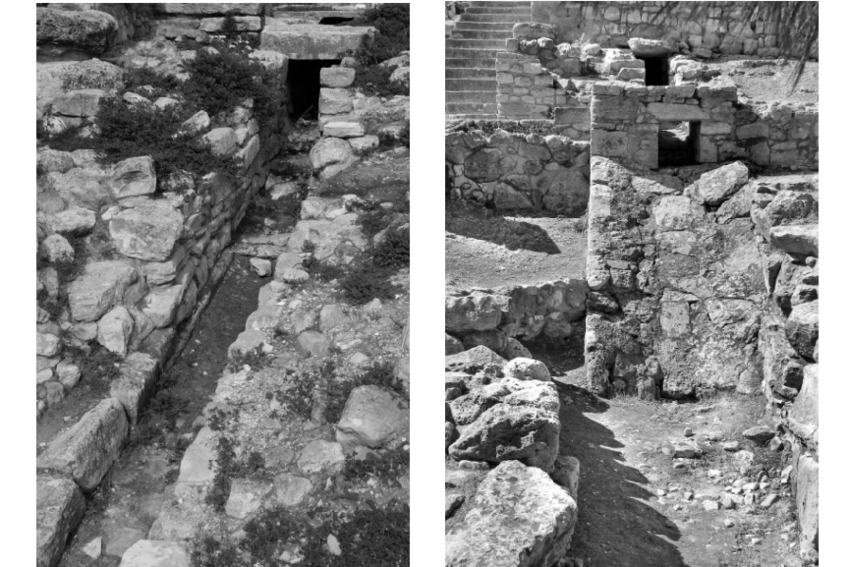When we think of ancient engineering marvels, the Roman aqueducts and public baths often come to mind. But long before the rise of the Roman Empire, another civilization had already mastered the art of water management. On the island of Crete, over 3,500 years ago, the Minoans designed plumbing systems so sophisticated that they would rival some modern infrastructure.
At the heart of this ingenuity was the Palace of Knossos a sprawling, labyrinth-like complex that not only served as a political and cultural hub but also as a showcase of cutting-edge sanitation for its time. From gravity-fed sewage lines to early flush toilets, the Minoans demonstrated a deep understanding of hydraulic engineering long before such concepts became standard practice in later civilizations.
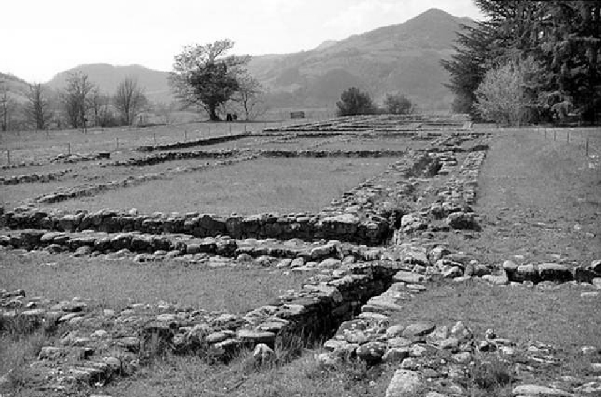
Flush Toilets in the Bronze Age
It might sound surprising, but the concept of a flush toilet did not begin with the Victorians or even the Romans. Archaeological findings from the Palace of Knossos reveal that the Minoans had already implemented a working system centuries earlier.
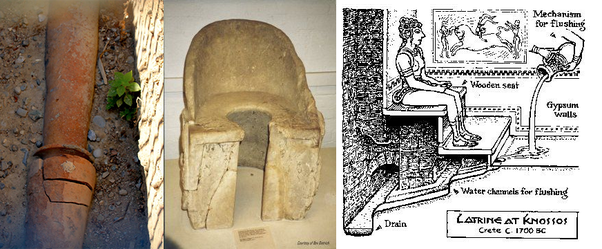
One of the most astonishing discoveries is a bathroom located on the upper floor of the palace, equipped with a wooden seat and a water-flushing system. Using clay pipes and sloped flooring, the Minoans harnessed gravity to remove waste an early example of water-powered sanitation. This wasn’t just practical; it was revolutionary.
Video:
How Minoans Solved Sanitation 3500 Years Before Europe?
Advanced Sewage and Drainage Systems
Equally impressive was the Minoan approach to drainage. Instead of allowing waste or rainwater to accumulate in the palace’s corridors and rooms, they constructed underground clay channels that carried wastewater away from the living areas. These drains connected to a larger sewage network that directed water out of the palace entirely.
The use of terracotta pipes fitted with joints that could handle water pressure suggests a refined level of craftsmanship and understanding. Some sections even had inspection points, suggesting the Minoans anticipated the need for maintenance, a feature not commonly seen again until much later in history.
This wasn’t just about cleanliness. Good drainage meant fewer insects, lower risk of disease, and more livable spaces an incredible leap in public health and hygiene for a Bronze Age society.
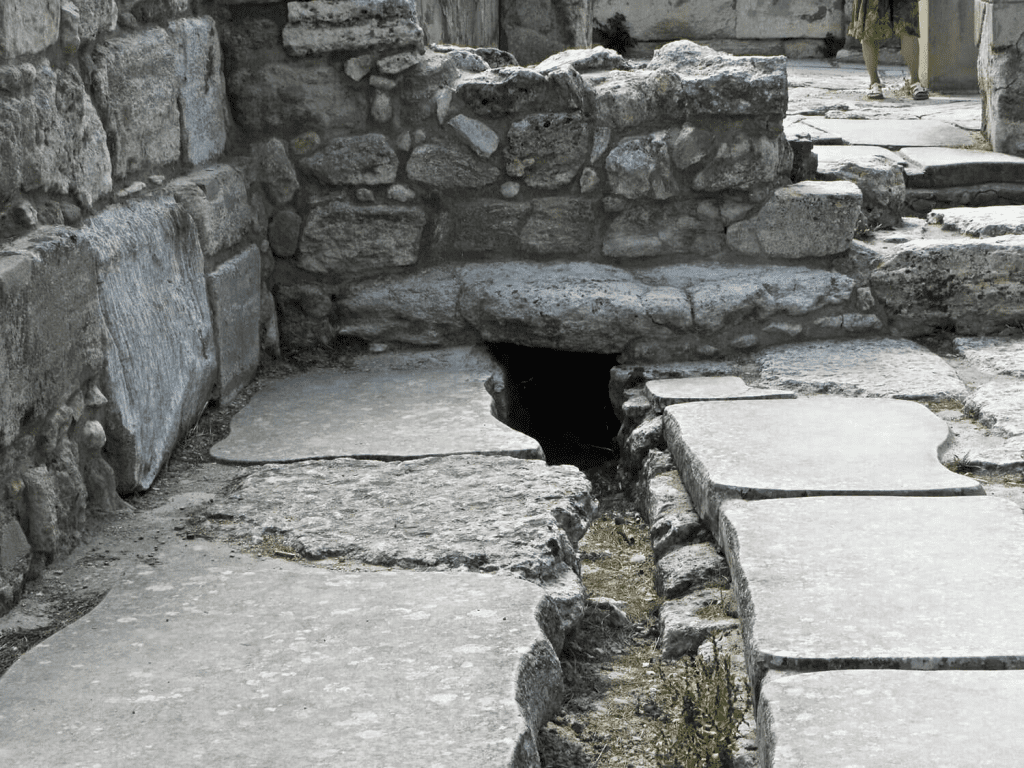
Water Supply Through Gravity and Planning
The Minoans didn’t only focus on getting rid of wastewater they also mastered the delivery of clean water. Through a series of carefully planned aqueducts and ceramic pipes, fresh water was brought into the palace complex from higher elevations. By relying on gravity, they ensured consistent flow without the need for mechanical pumps.
Some historians believe the Minoans may have even had separate pipes for hot and cold water, particularly in areas believed to be royal or ceremonial bathing spaces. While this remains under scholarly debate, the presence of such infrastructure points to a culture that placed a high value on comfort, ritual, and cleanliness.
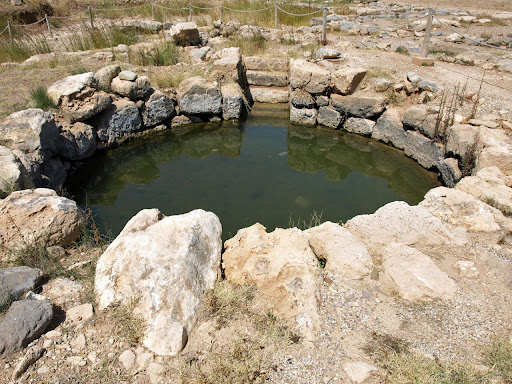
Lost Knowledge Rediscovered
Unfortunately, much of the Minoans’ achievements were forgotten after the civilization declined around 1450 BCE, likely due to natural disasters and the eventual rise of Mycenaean dominance. Their advanced engineering practices faded from memory, only to be rediscovered in the early 20th century when Sir Arthur Evans excavated the ruins of Knossos.
Video:
Who were the Minoans? (Rise & Fall of the Minoan Civilization)
What archaeologists uncovered stunned the modern world. The technologies found were not only well ahead of their time, but they also challenged the long-held belief that such advancements originated with the Romans or Greeks. In many ways, the Minoans laid the groundwork for urban sanitation systems that would take millennia to reappear.
A Legacy Flowing Through Time
Today, the legacy of Minoan water management lives on not just in the ruins of Knossos but in the very concept of modern plumbing. Their innovations serve as a reminder that technological progress is not always linear. Sometimes, civilizations reach remarkable heights, only for those achievements to be lost and rediscovered centuries later.
The Minoans may be long gone, but their ideas are still with us. Every time we flush a toilet or enjoy running water, we’re benefiting from knowledge first developed beneath the sun-drenched stones of ancient Crete.
